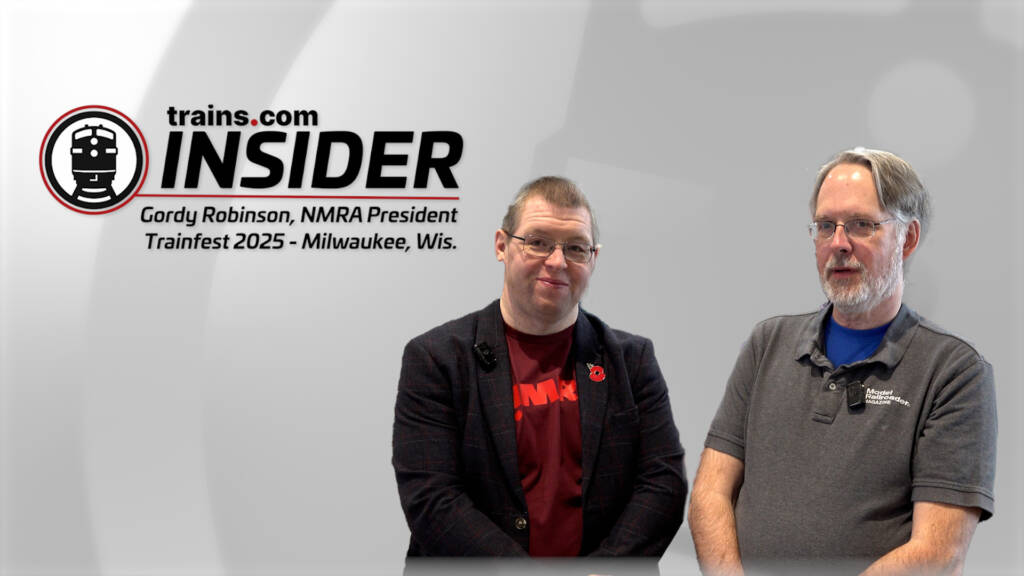
Model Railroader magazine’s Editor Eric White catches up with National Model Railroad Association President Gordy Robinson at the NMRA-sponsored Trainfest 2025 event, held November 1st & 2nd, 2025, in downtown Milwaukee, Wis. Gordy outlines the new vision and strategy for the organization, aiming for 35,000 members, reducing membership costs, and improving the member experience. He […]
Read More…

Q: I’ve been trying to find the video Cody Grivno hosted a few years ago where he showed how to make a low-profile forest background using, I think, a furnace filter. I’m not talking about making furnace filter pine trees. This was more like cutting a continuous row of tree tops out of filter material […]
Read More…
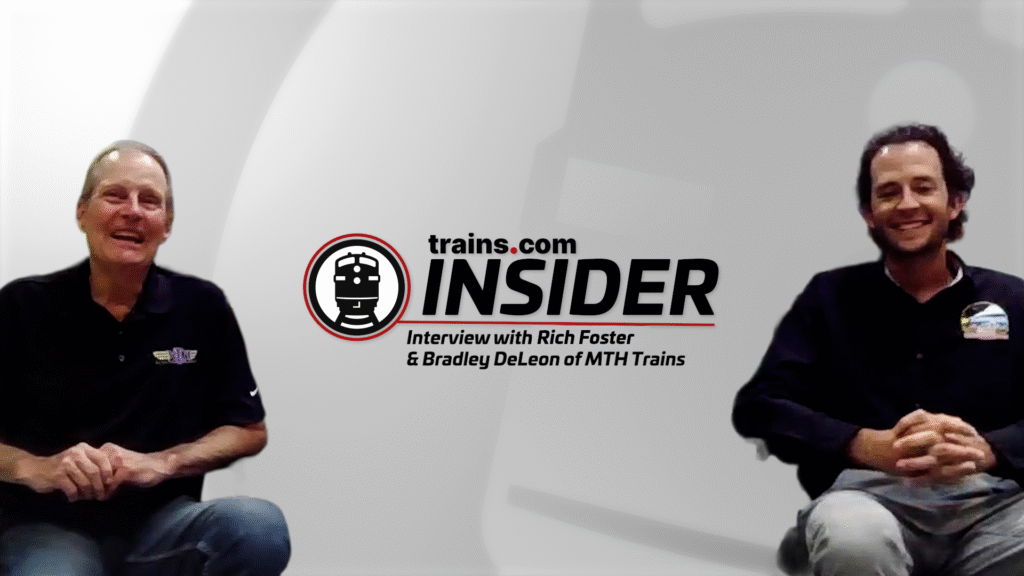
Hear about the future of MTH Electric Trains directly from company principals Rich Foster and Bradley DeLeon. Even as MTH founder Mike Wolf annouced his retirement, Rich had a plan to keep the company going. Today, custom/specialty products now account for about 30% of the business. MTH has also made commitments to its RailKing One Gauge […]
Read More…
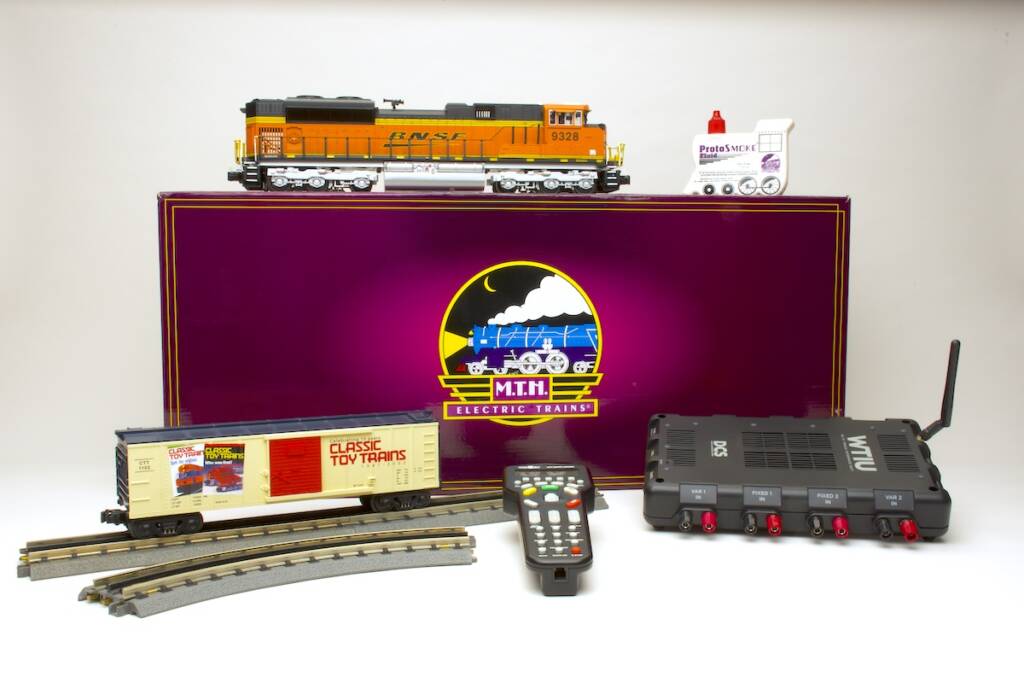
In 2020, MTH Electric Trains President Mike Wolf announced his May 2021 retirement and the subsequent closure of the company after 40 years in business. It’s now 2025, and MTH remains alive and well, continuing to produce products for the model railroad and toy train industry at a more modest pace in O, Standard, and […]
Read More…
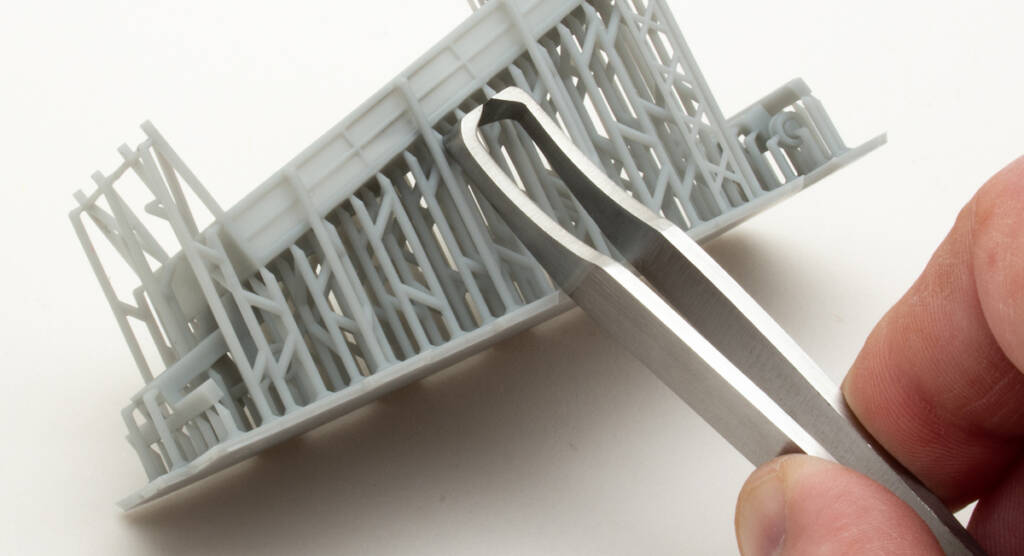
Q: I’m excited by all the new 3D-printed figures and details that have become available. Lately, however, I’ve received some figures that are still attached to the support structure. I work in HO scale, and I’m not sure how to safely remove all this material without damaging the details or figures. Do you have any […]
Read More…
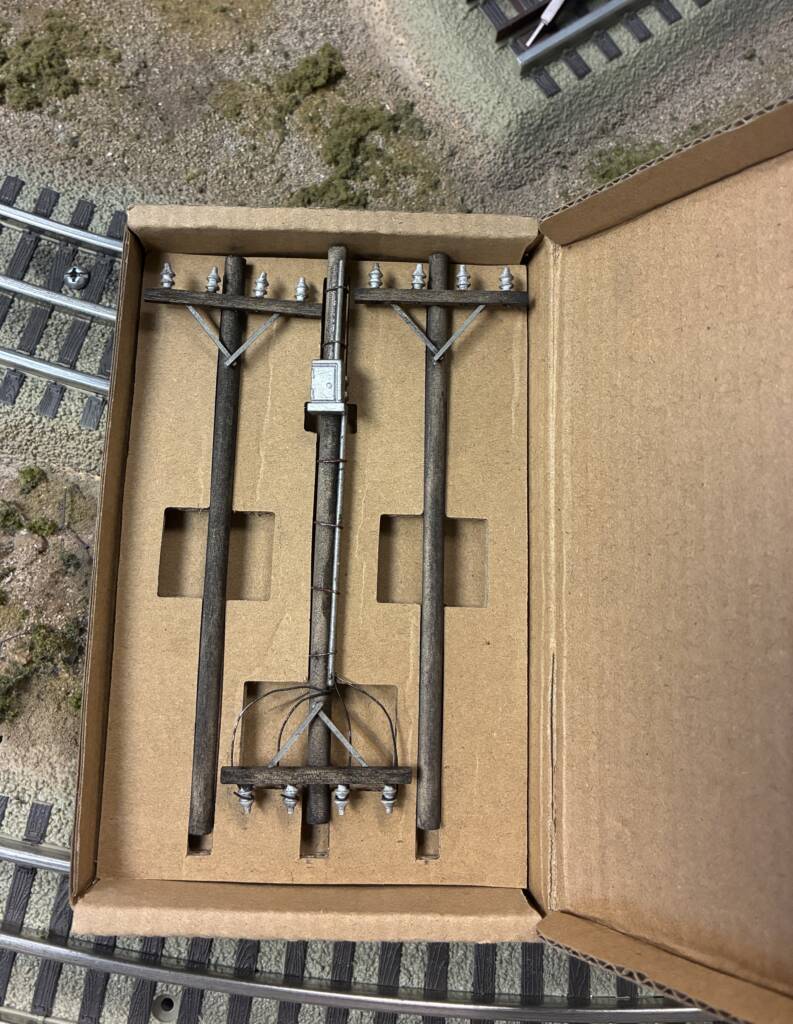
Menards recently sent Classic Toy Trains a box of sample products. At the bottom was a small package I almost overlooked because of its size. It was marked “O Scale Telephone Poles” (No. 275-9417). I was heading to the workshop to test another product, so I added the telephone pole box to my pile. Before […]
Read More…
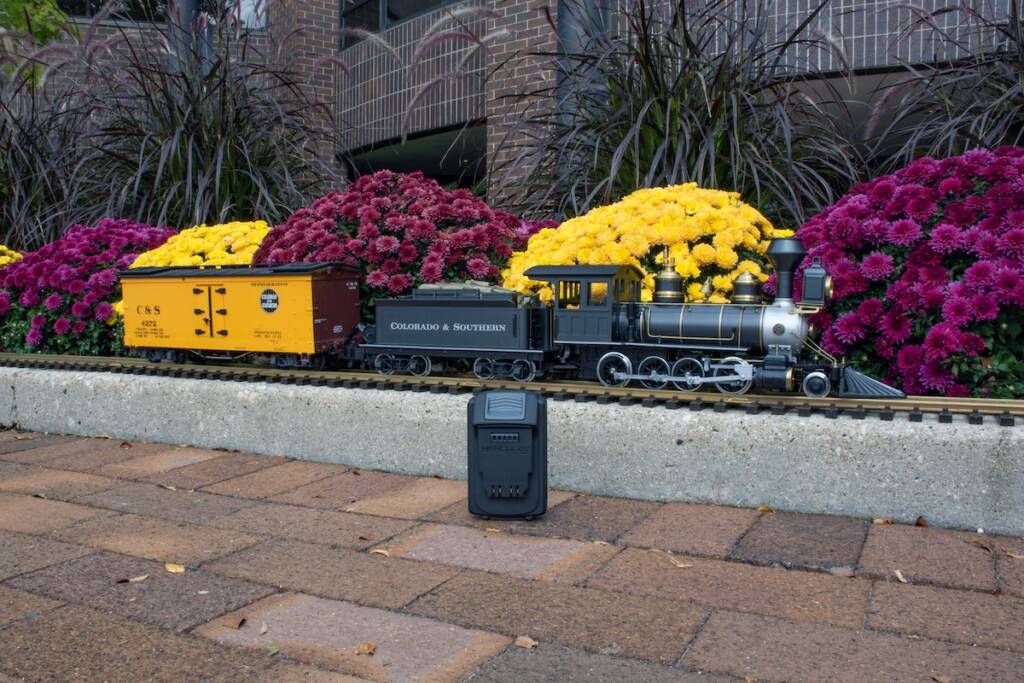
I never thought I’d get serious about Large scale (G gauge) model railroading, but here I am. This past summer, I successfully bid on a 1:22.5-scaled C-16 2-8-0 in Colorado & Southern livery at an online auction. This model, from the 1989 product line of the former Delton Locomotive Works (before its tooling went to […]
Read More…
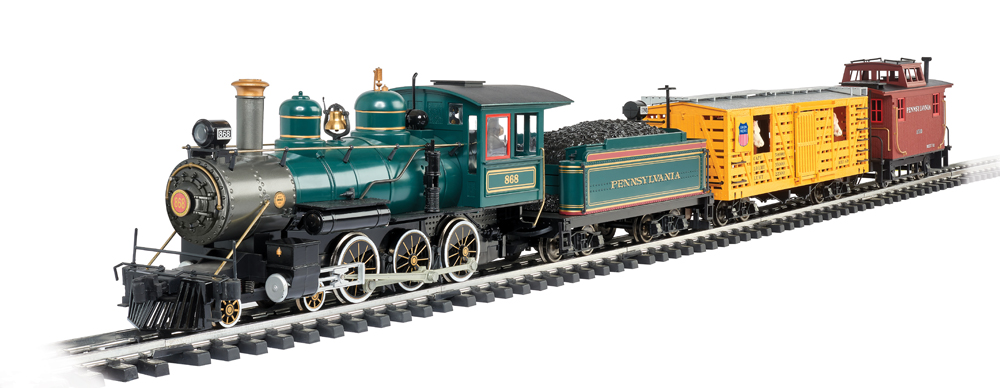
Manufacturers come and go in model railroading. The large scale market, primarily G gauge, is no exception, with a wide range of scales to choose from, and whether you’re taking the hobby indoors or outside. Let’s explore who is producing for customers today, from those with vast offerings to those specializing in specific products. If […]
Read More…
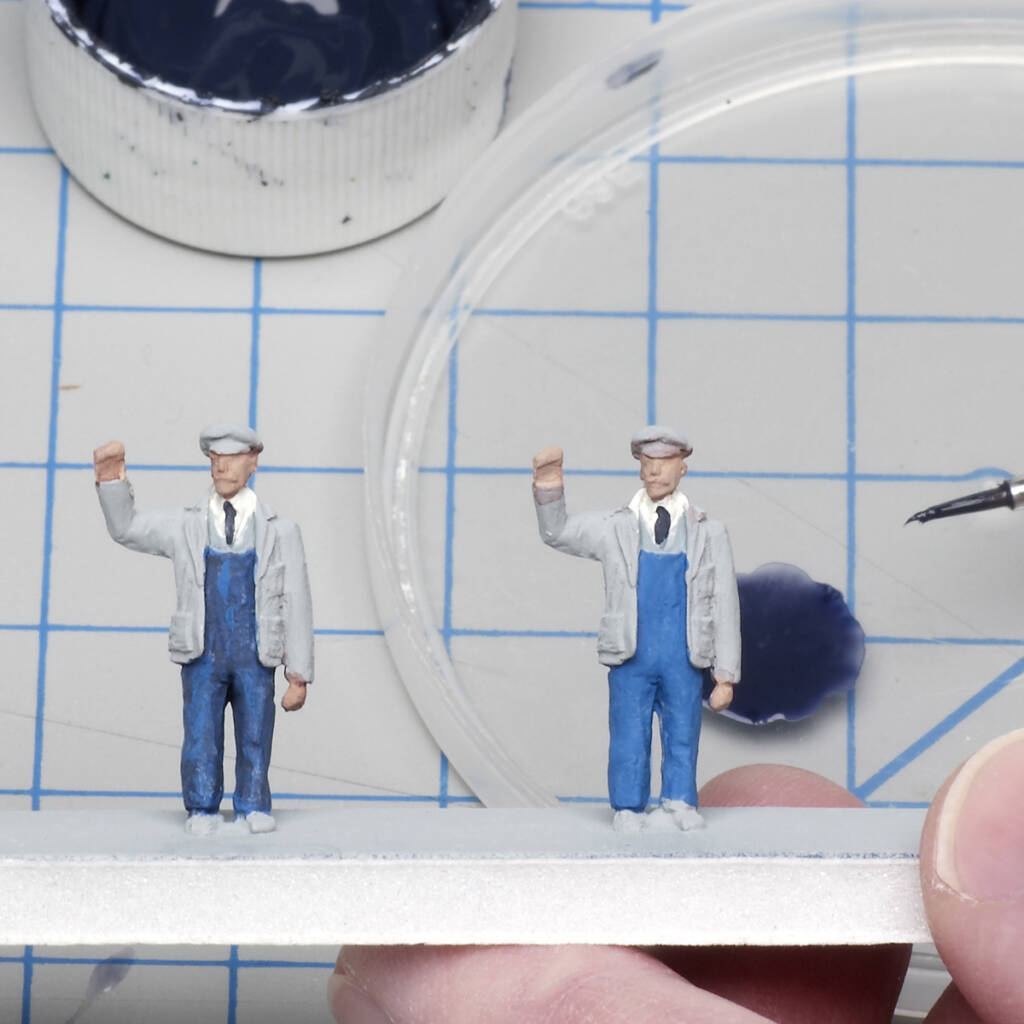
Adding scale people to your layout can be as simple as opening the box and gluing them in place. Manufacturers such as Preiser, Merten, Woodland Scenics, among others, offer a selection of realistic, factory-painted plastic figures for model railroads. However, if you have a railroad that requires a large population, it can be more economical […]
Read More…
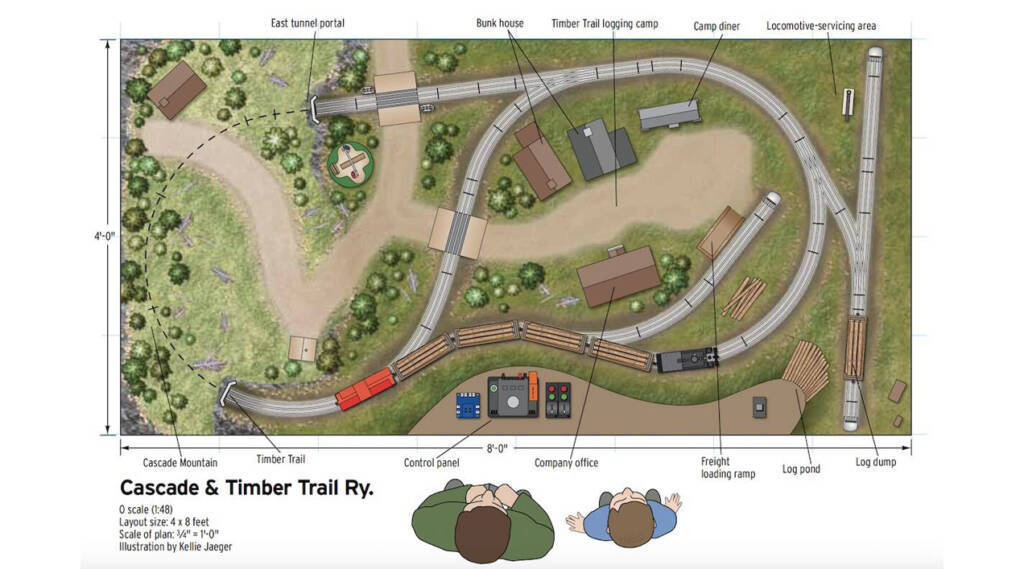
Are you searching for inspiration for your next model railroad project? Whether you’re just starting out, have some experience, or are an advanced modeler, we’ve gathered a collection of creative track plans for every skill level to get your creative juices flowing. Based on designs from our staff and fellow model railroad enthusiasts, these plans […]
Read More…
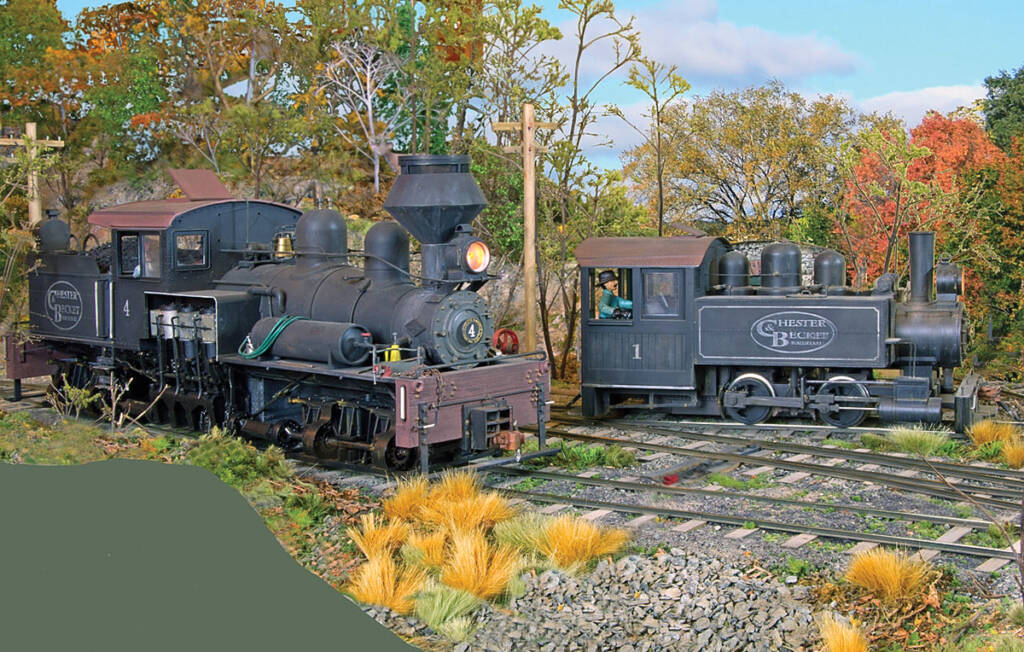
Q: In the September 2022 issue of Model Railroader, Mike Tylick wrote “Add a gated crossing to your layout.” On page 36, there is an image of a gate that he built for the F scale Chester & Beckett RR. What is F scale? — via email A: The Chester & Beckett RR, featured in […]
Read More…

Q: I’m curious why I’ve never seen four 20-foot intermodal containers in a single well car, stacked two on top and two on the bottom. I’ve only ever seen two 20-foot containers in the well and a 40-foot (or larger) container on top. — Benjamin Stewart A: David Lassen, senior editor at Trains magazine, put me […]
Read More…












